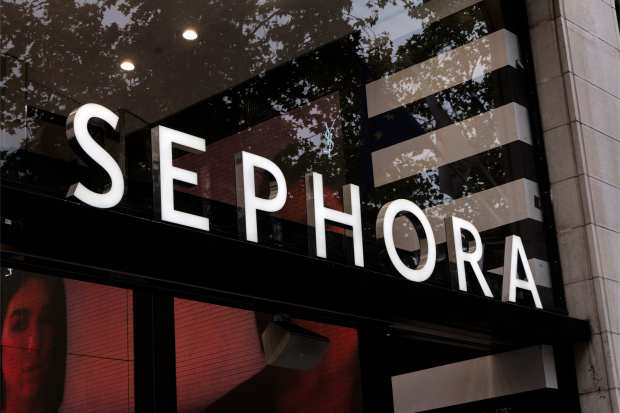Beauty And The Street: Sephora Bets Heavy On Non-Mall Locations

If brick-and-mortar retail is struggling, Sephora didn’t get that email. But that email about malls? Received and duly noted.
Sephora announced Tuesday (Feb. 4) that it will open 100 new brick-and-mortar locations in North America this year, marking the largest single-year North American expansion in the company’s history and certainly one of the more ambitious undertakings of a non-startup in any retailer’s history. It is more than double the number of openings from 2019. Sephora currently has 490 stores across the Americas, as well as over 660 locations inside JCPenney.
It’s also evident that the new stores will serve non-mall locations. “The stores will open in locations where clients live and work including street and local centers as well as a mix of new and established shopping centers, with the primary focus being on ease and convenience for all clients,” according to a statement from the company.
The announcement comes after large-scale openings at New York’s Hudson Yards and Times Square, and The Grove in Los Angeles in November 2019. The new Sephora stores will be centered around local neighborhoods and community centers, according to the announcement, and will open in more than 75 cities, including Charlotte, N.C.; Nashville, Tenn.; and San Jose, Calif.
As part of the retailer’s strategy, the store mix will also include a 4,000 square-foot format for local stores. The smaller footprint is being designed for street and local center locations. The store design will feature a new Sephora Studio for skin and beauty services, while keeping the Beauty Advisor service and other experiential concepts.
It’s difficult to find a more ambitious expansion among omnichannel retailers in recent times. Macy’s cut 125 more stores on the same day Sephora announced its new 100 stores. Pure plays are finding more reasons to expand into brick-and-mortar stores (Amazon, Warby Parker) but nothing on the scale of Sephora. The aggressive move could be driven by competition from Ulta Beauty — which has 1,241 stores and has focused on the off-mall expansions.
Mobile payments and apps figure prominently in Sephora’s omnichannel approach. The company made a point to mention mobile checkout as a key feature of the new locations. Sephora also made a point of mentioning events and classes at the new locations, which can be booked on the Sephora mobile app.
While mobile payments in store are still a work in progress, the app strategy can be effective. According to the PYMNTS.com “Which Apps Do They Want” research study, 53 percent of in-store shoppers use merchants’ mobile apps to access value-added features like coupons, purchase histories and payment options, making it the most common digital channel through which they enhance their brick-and-mortar shopping experiences. This means in-store consumers are more inclined to use apps rather than rely on mobile browsers, which is reported by 45.3 percent of mobile device owners. In fact, 33.6 percent of surveyed consumers use apps in-store frequently (at least once a week), and 37.2 percent do so occasionally (between once per month and twice a year).
Consumers use mobile phones to enhance their brick-and-mortar shopping experiences in many ways, but few rely on them for in-store payments. Just 12 percent of respondents report using merchant apps to make such payments, while 11 percent say they use mobile wallets to do so. Respondents are much more likely to report using credit cards (63.9 percent), debit cards (63.4 percent), cash (55.7 percent) or store cards (21.2 percent) for in-store transactions.
Sephora said its new stores will be designed with sustainability in mind. The new stores will be powered by 100 percent renewable energy, which the firm said underscores its commitment to its Sephora Stands sustainability program.
